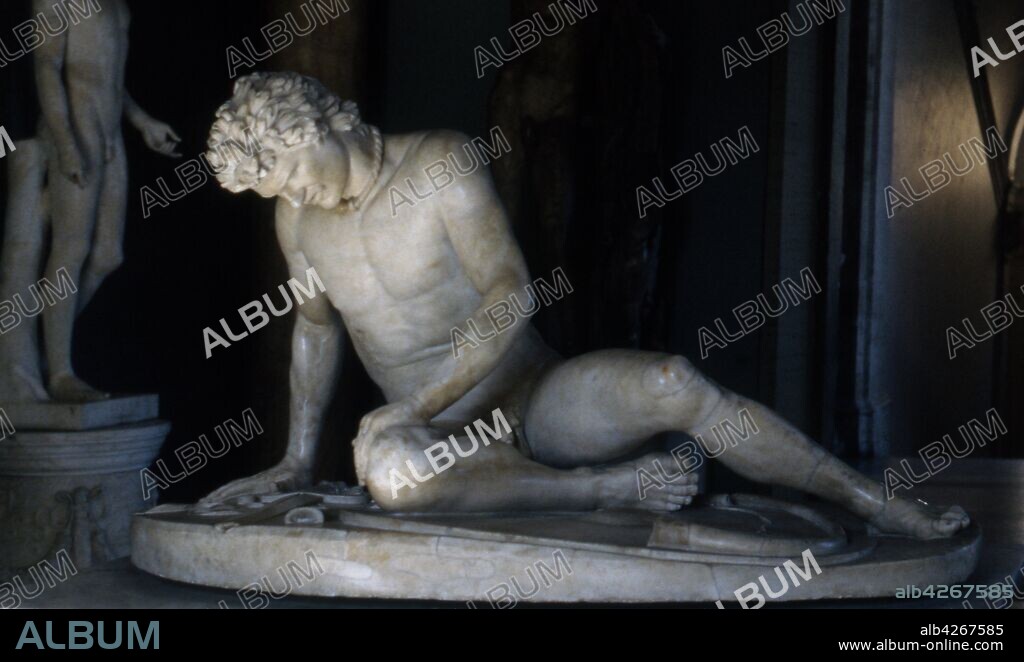alb4267585
The Dying Gaul, also called The Dying Galatian, or The Dying Gladiator, is an Ancient Roman marble copy of a lost Hellenistic sculpture, thought to have been originally executed in bronze. The original may have been commissioned some time between 230 and 220 BC by Attalus I of Pergamon to celebrate his victory over the Galatians, the Celtic or Gaulish people of parts of Anatolia (modern Turkey). The identity of the sculptor of the original is unknown, but it has been suggested that Epigonus, a court sculptor of the Attalid dynasty of Pergamon, may have been the creator.

|
Añadir a otro lightbox |
|
Añadir a otro lightbox |



¿Ya tienes cuenta? Iniciar sesión
¿No tienes cuenta? Regístrate
Compra esta imagen

Descripción:
Ver traducción automática
The Dying Gaul, also called The Dying Galatian, or The Dying Gladiator, is an Ancient Roman marble copy of a lost Hellenistic sculpture, thought to have been originally executed in bronze. The original may have been commissioned some time between 230 and 220 BC by Attalus I of Pergamon to celebrate his victory over the Galatians, the Celtic or Gaulish people of parts of Anatolia (modern Turkey). The identity of the sculptor of the original is unknown, but it has been suggested that Epigonus, a court sculptor of the Attalid dynasty of Pergamon, may have been the creator.
Crédito:
Album / Universal Images Group / Universal History Archive/UIG
Autorizaciones:
Modelo: No - Propiedad: No
¿Preguntas relacionadas con los derechos?
¿Preguntas relacionadas con los derechos?
Tamaño imagen:
5100 x 3035 px | 44.3 MB
Tamaño impresión:
43.2 x 25.7 cm | 17.0 x 10.1 in (300 dpi)
 Pinterest
Pinterest Twitter
Twitter Facebook
Facebook Copiar enlace
Copiar enlace Email
Email
